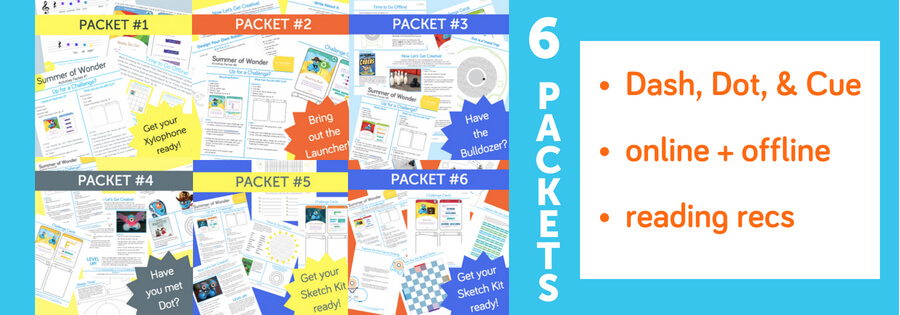
This summer we released not just one, but six Summer of Wonder Activity Packets designed to help families combat the dreaded summer learning loss, more commonly known as the “brain drain,” “summer slump,” or “summer slide.” The activity packets, available at www.makewonder.com/summer, have been well received not only by parents but by educators running summer camps.
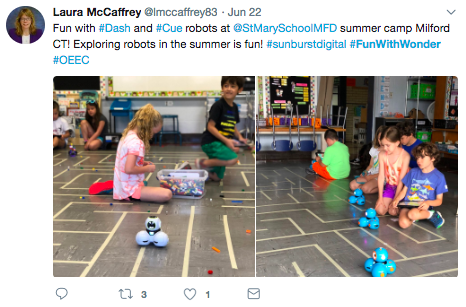
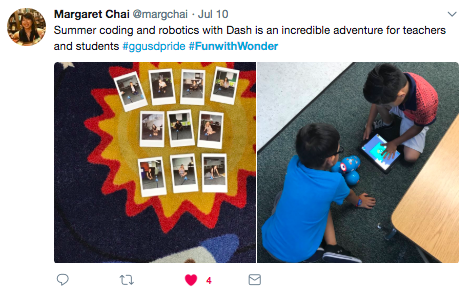
Then, a couple of weeks ago at a SEP Jr. workshop in New York City, several NYC teachers told us that they had downloaded the PDF packets to use during the upcoming school year. And that got us thinking about all the different ways educators might use these activity packets during the new school year:
- Training workshops: Put your teachers in the shoes of their learners, and challenge them to complete the activity packets during a PD workshop at the beginning of the school year.
- Getting started: To kick off the school year, pick and choose from the activities in the packets to introduce your students to the robots and all that they can do. Use them during a morning circle or homeroom time or as an anticipatory set to a lesson you’re planning to teach.
- Rotation stations: Print out a specific activity, say a Challenge Card or two, and create a station with clear expectations for what you want your students to explore independently or in small collaborative groups.
- Family-friendly material: To strengthen the home-school connection, consider sending these packets home, especially the no-tech activities, to showcase what your students are learning about coding and robotics in your classroom.
- Extra challenges: If you have students hungry for more, make copies these packets available for students to grab and complete on their own time.
- Friday free choice: If you give students some time during the week for independent exploration, consider how you can make copies of these six packets available over the next couple of months. Maybe post a classroom poster where they can track their progress as they tackle the various activities.
So what’s in these activity packets? Well, these packets have Challenge Card activities for Dash, Dot, and Cue. Plus, we also outline some DIY, craft-oriented project ideas. And lastly, we outline some “unplugged” puzzles and games, which engage students without any screen time for a balanced approach.
Simply go to www.makewonder.com/summer to register to download these six activity packets for free. Be sure to check out (and share!) the recommended reading list, full of picture books, chapter books, and books for adults, too!
Don’t forget to tell us how you are weaving Dash, Dot, and Cue into your daily classroom practice, and find lots of examples on Twitter @WonderWorkshop. Follow us today!


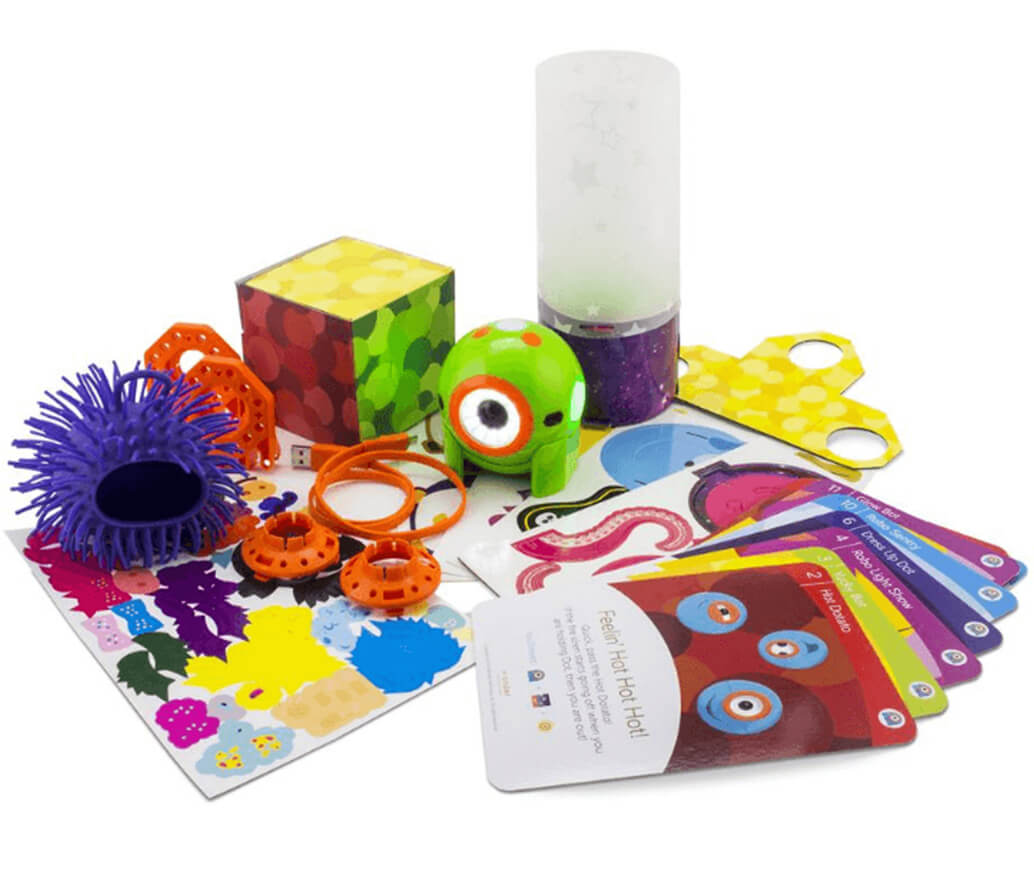
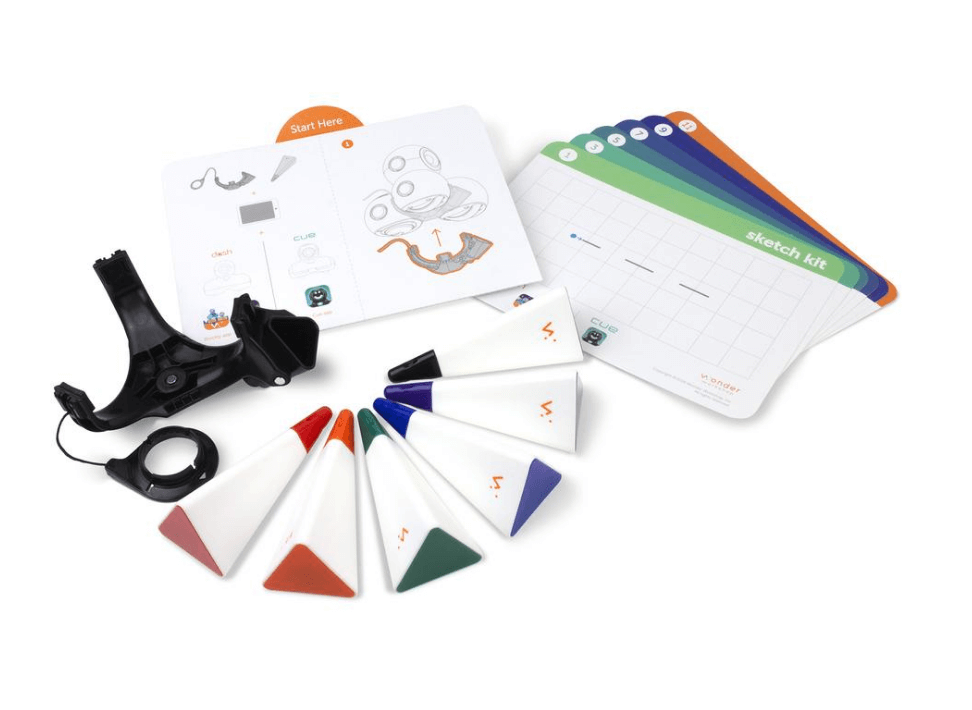


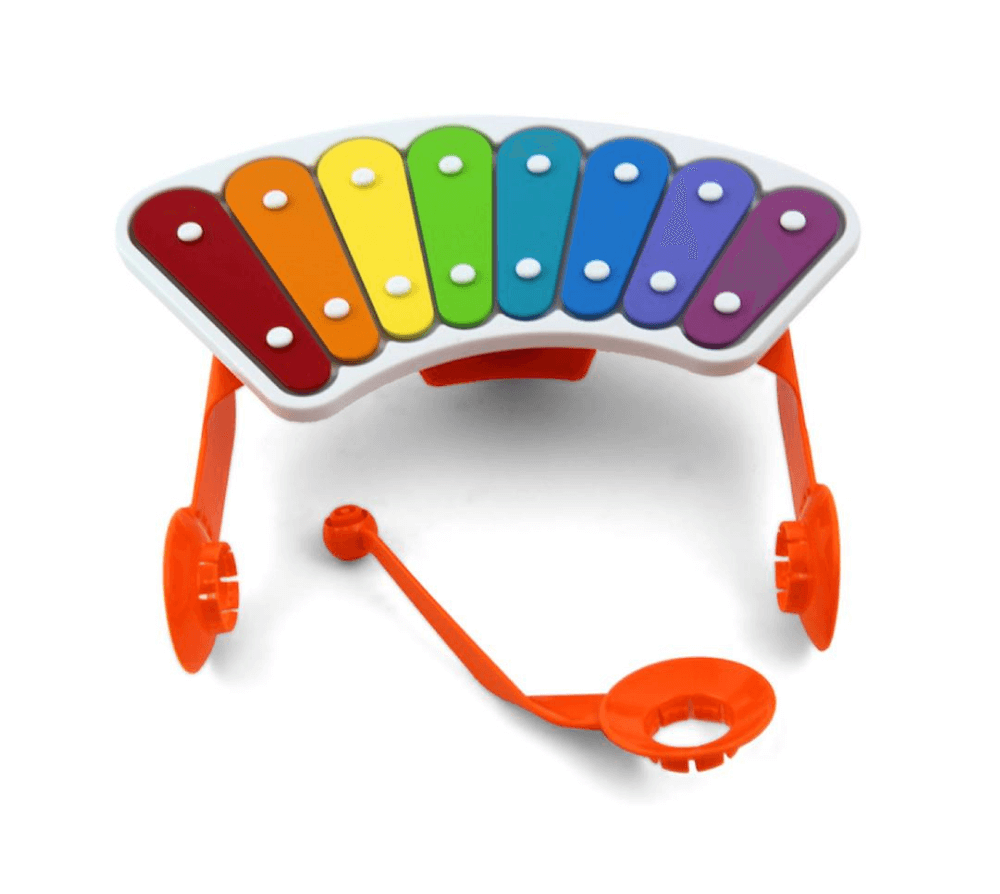

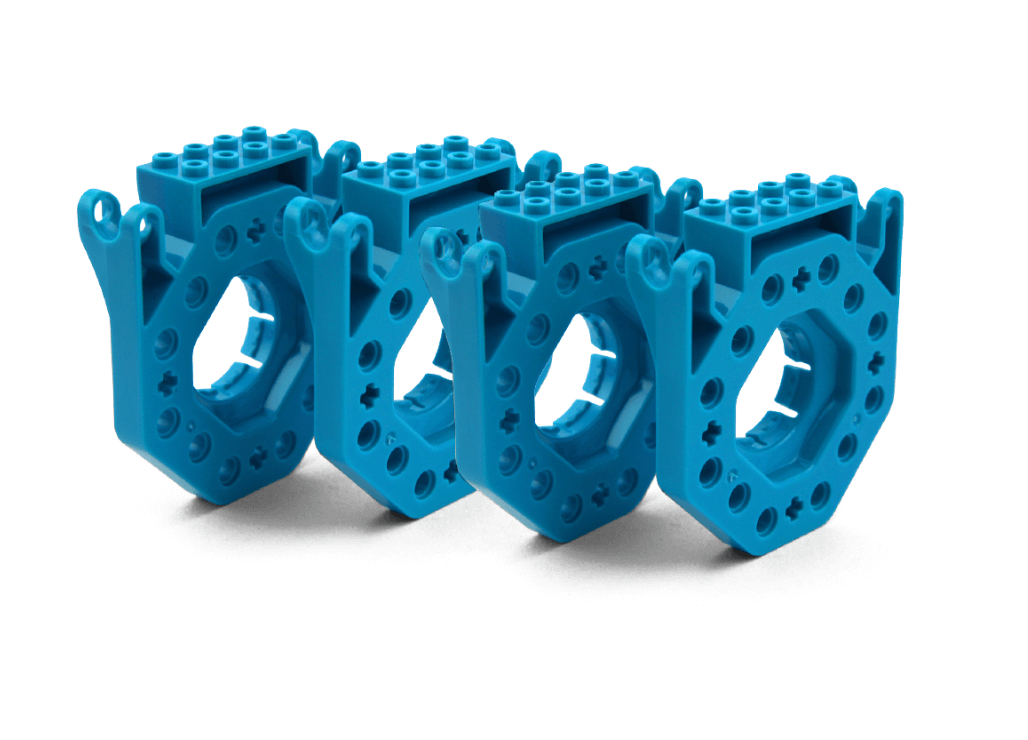
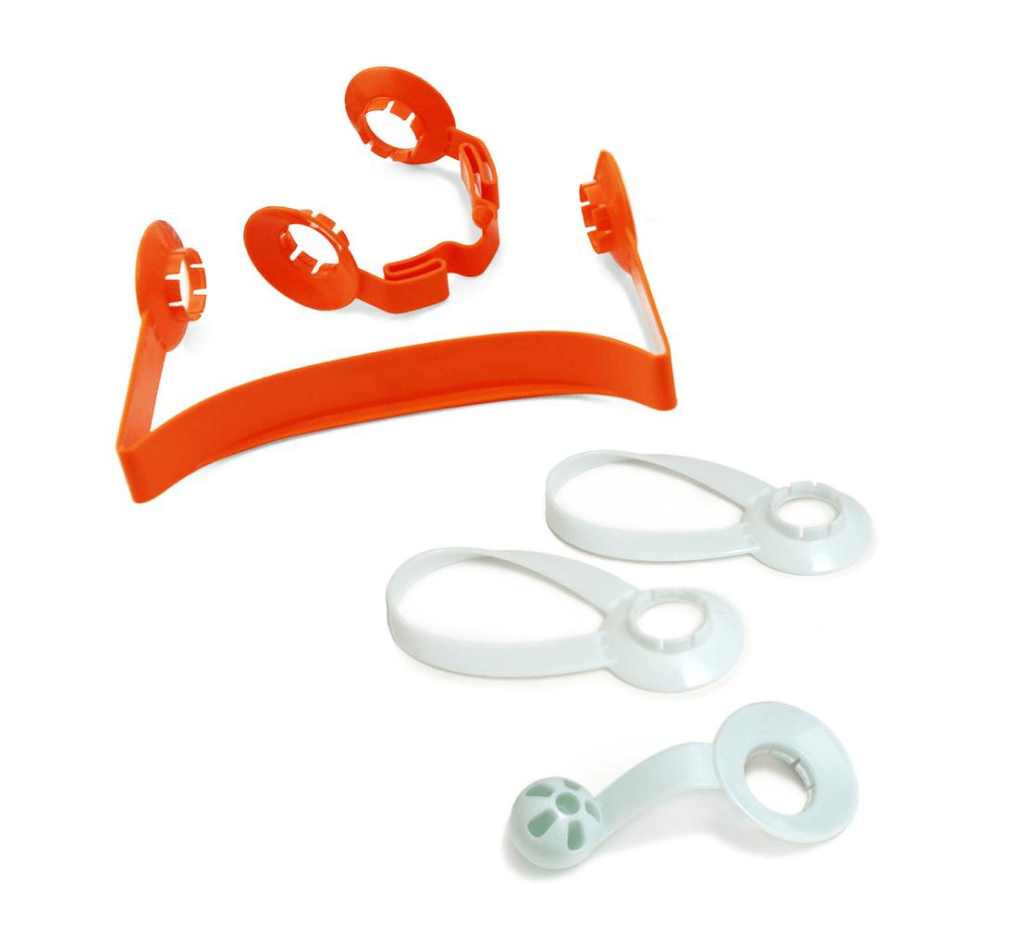

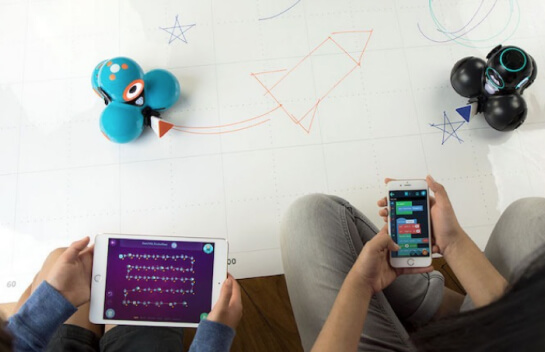
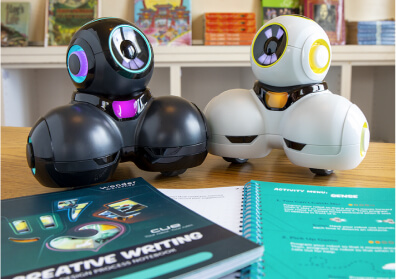
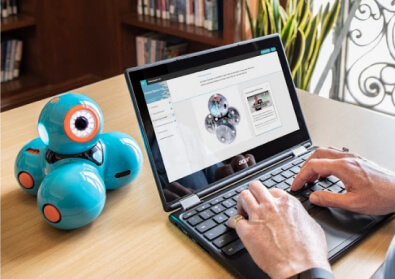



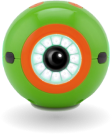



 Please wait while you are redirected to the right page...
Please wait while you are redirected to the right page...